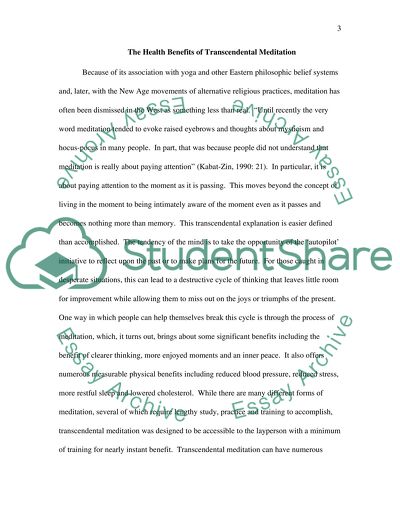Cite this document
(The Health Benefits of Transcendental Meditation Term Paper, n.d.)
The Health Benefits of Transcendental Meditation Term Paper. Retrieved from https://studentshare.org/health-sciences-medicine/1548478-the-health-benefits-of-transcendental-meditation
The Health Benefits of Transcendental Meditation Term Paper. Retrieved from https://studentshare.org/health-sciences-medicine/1548478-the-health-benefits-of-transcendental-meditation
(The Health Benefits of Transcendental Meditation Term Paper)
The Health Benefits of Transcendental Meditation Term Paper. https://studentshare.org/health-sciences-medicine/1548478-the-health-benefits-of-transcendental-meditation.
The Health Benefits of Transcendental Meditation Term Paper. https://studentshare.org/health-sciences-medicine/1548478-the-health-benefits-of-transcendental-meditation.
“The Health Benefits of Transcendental Meditation Term Paper”. https://studentshare.org/health-sciences-medicine/1548478-the-health-benefits-of-transcendental-meditation.


